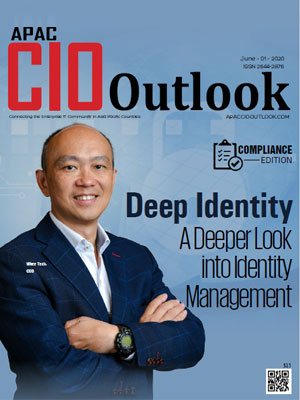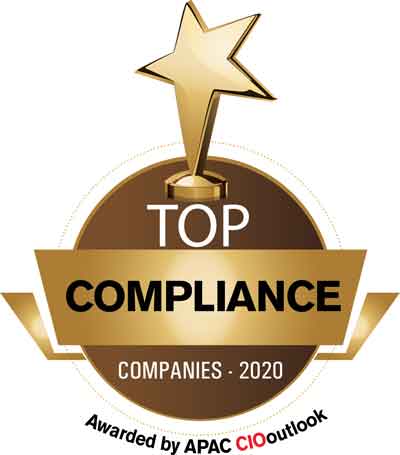Today, companies across the globe are navigating through a plethora of changes in the regulatory requirements, stakeholder expectations, and business models. Considering the complexity of the current regulatory environment, avoiding even unintentional breach of the compliance protocols is formidable for most, if not all, companies. To ensure compliance with changing regulations, companies need to design a robust compliance program that will not only address the regulatory requirements but will also allow companies to keep abreast of expectations as they evolve. The main challenges compliance professionals are facing in the present day scenario is the pace of change and level of uncertainty.
Today, emerging technologies like blockchain, natural language processing, artificial intelligence, cloud-based services, and machine learning are pushing into the compliance landscape. Integrated data is promising to transform enterprise risk management, thereby enabling the businesses to proactively identify anomalies in their compliance functions to avoid any untoward incident. Along with that, compliance technology is also helping enterprises to oversee the breaches and improve decision making so that they can adhere to the ever-changing regulatory requirements. To this extent, compliance programmes are now being designed for seamless and automated monitoring and report generation. This supports the organizational response to smart policies by blocking or passing actions based on the predefined rules, thereby minimizing the risks of human error. Automation has already proven its benefits in reducing operational costs and supervisory controls and averting potential penalties— establishing a robust system of compliance and organizational agility.
Today, it is more about unleashing the potential of regulatory, digital rule sets and making applicable to the day-to-day work. Further, there has been a sharp rise in regulatory risks associated with cross-border transactions. Automated workflows and the ease of instant cross-border business activities pose an additional regulatory liability for companies and a need for a robust compliance framework. These international standards can often be more stringent than those governing local or national business activities. Similarly, industry standards and legal requirements vary significantly between countries, making guidelines contradictory or difficult to interpret. In the cross-border business context, businesses often end up juggling multiple jurisdictions and complying with countless rules. Therefore, tech-savvy CIOs always sought for cutting-edge compliance solution providers to steer ahead of other peers and meet the dynamic needs of the industry.
To assist the industry leaders on that journey, our distinguished editorial panel at APAC CIO Outlook have analysed the different emerging trends in the compliance space to handpick solutions that are genuinely crafted to help companies outperform industry peers, and can solve the most prevailing challenges in the industry.
We present to you APAC CIO Outlook’s “Top 10 Compliance Solution Providers – 2020.”



























